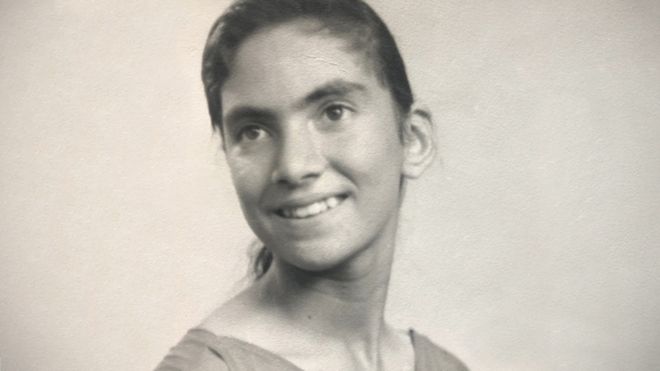Separated at birth: Was my mother given away because she looked white?Posted in Africa, Articles, Family/Parenting, History, Media Archive, Passing, South Africa on 2019-12-01 23:57Z by Steven |
Separated at birth: Was my mother given away because she looked white?
Vibeke Venema, Senior Broadcast Journalist
When a health emergency prompted Nathan Romburgh and his sisters to look into their family history, decades after the end of apartheid, they uncovered a closely guarded secret that made them question their own identity.
Cape Town, 29 September 1969 – at 10pm the city is rocked by a huge earthquake. Margaret Buirski is working as a First Aid nurse in the Alhambra cinema and, for once, her medical skills are really needed. A woman has fallen from the balcony and Margaret is tending to her injuries in the chaos.
A young man walks past, very drunk, and notices the nurse’s shapely legs. Despite his inebriation, he offers to drive the women to hospital. This is the start of the romance between Margaret and Derek Romburgh…
…”Then there was this big question – what would make someone give away only one of her twins? It just didn’t make sense,” says Nathan.
He soon formed a theory – it was based on photographs Alan had shared, which showed that Margaret was fairer than her sister Norma.
“My mother had olive skin, but she passed for white in apartheid South Africa,” says Nathan. “I don’t think Norma could have.”
Although Mary Francis, Nathan’s grandmother, was registered as “European”, she was in fact mixed-race. Mary’s father, James Francis, was British, and her mother, Christina, was of Malaysian origin, from the island of St Helena. Mary was the youngest of their six children…
Read the entire article here.





